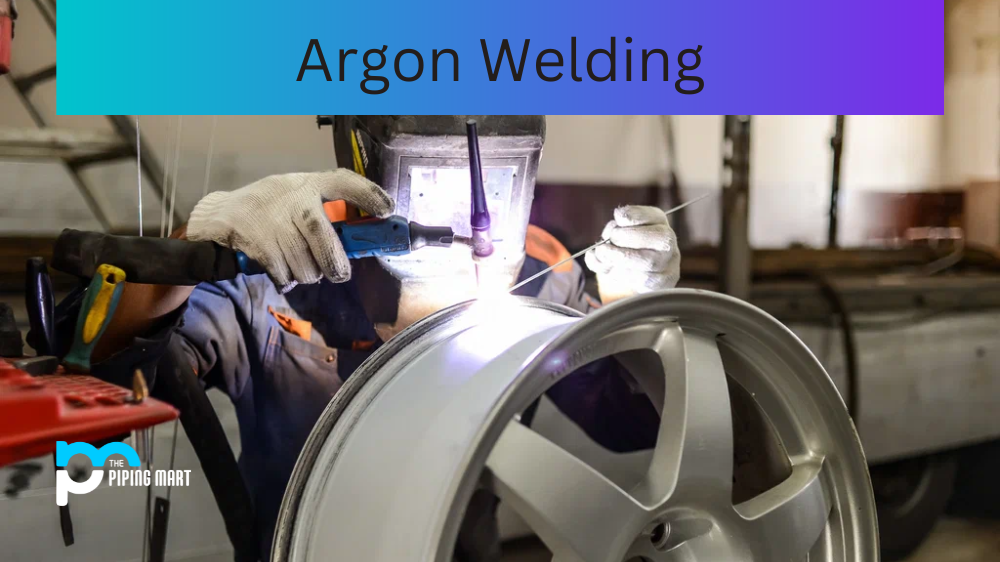If you’re looking for a metal finishing process that will protect your product from corrosion and wear, it’s important to understand the difference between stainless steel electropolishing and passivation. Using these two processes can have very different results, depending on what you need the metal for. Electropolishing is best for applying thin protective layers of material that act as guards against harsh climates while passivation seals off holes in metals, like stainless steel or aluminum, which are caused by welding or cutting. In this blog post we’ll discuss how each of these processes works and when it is most beneficial to use one over the other.
What Is Passivation?
Corrosion prevention techniques like passivation are frequently utilized on metal surfaces. In the passivation process for stainless steel, free iron from the metal surface is removed using citric or nitric acid.
The product is protected from chemical reactions with the air that would otherwise corrode the stainless steel by a thick coating of protective oxide created by the chemical treatment. The substance being passivated often retains its original look after passivation.
3 Benefits of Passivation
- Reduced Maintenance
The corrosion resistance protects the minor components of your stainless steel applications that passivation offers. This implies that you won’t need to carry out additional maintenance to prevent rust from weakening the bolts and other small components of your product, which could lead to your application malfunctioning or disintegrating.
- Removes Contamination
The passivation procedure cleans the stainless steel’s surface of all grease, oils, and grime, giving it a consistent, smooth appearance and finish. Whatever you intend to use your final bespoke stainless steel basket for, you can be sure that it will be hygienic and easy to clean.
- Increases Corrosion Resistance
Passivation enhances the corrosion resistance of stainless steel, which already possesses this property. The oxygen takes in unipotentializes the stainless steel’s surface, forming an oxide coating. As a result, the metal experiences the desirable low rate of corrosion.
What Is Electropolishing?
The surface layer of material is dissolved during the electropolishing process, which uses an electric current and an electrolyte bath with a predetermined temperature. This procedure leaves a surface that is smooth and featureless. The process of electropolishing is frequently employed in the production of semiconductors, as well as in the food and pharmaceutical industries. The material is nearly completely nonstick due to the finish’s smoothness, which virtually eliminates any minute imperfections where debris could typically adhere.
3 Benefits of Electropolishing Stainless Steel
- Enhanced Surface Appearance
Stainless steel surfaces that have been electropolished appear neat and bright. This makes it simple to determine whether or not the stainless steel tool, basket, or component is sterile. Additionally, it improves weldability without degrading the surface’s hardness or causing peeling or abrading.
- Better Corrosion Resistance
Electropolishing in different metals and alloys produces the most resistance to tarnishing and corrosion. You may use Marlin’s electropolished steel baskets under challenging situations with the confidence that they won’t tarnish or corrode quickly.
- Improved Sanitation Control
Electropolishing creates a smooth surface by filling in small crevices where impurities could conceal themselves. To prevent the spread of germs and viruses, stainless steel applications used in the medical or pharmaceutical industries must be simple to sanitize. Surfaces that are uneven or rough on medical equipment might harbor bacteria. As a result, there is a greater chance of contamination and the spread of bacteria, viruses, and other organisms.
What Is Natural Finish?
Stainless steel with a natural polish has a natural appearance. This indicates that there hasn’t been any surface enhancement or protection done. The surface is barely reflecting and has a drab grey appearance. It works best for any hidden application or where aesthetics is not crucial.
Why Finish Stainless Steel?
- To endure environmental elements like dust, corrosive chemicals, solvents, and dust.
- To achieve a glossy, smooth finish. Whether you use stainless steel products for manufacturing, lab, or medical applications is crucial.
- It ensures that the surface is simple to clean. Since polished stainless steel is easier to clean than natural finish stainless steel, this is essential when utilizing stainless steel in food production.
- To increase their impact, abrasion, corrosion, and scratch resistance.
Choosing the Right Finish for Your Custom Metal Basket Applications
Electropolishing is often quicker, more straightforward to manage, and easily adaptable to various stainless steel alloys. It offers a better finish and removes the stains that passivation would leave behind. Electropolishing isn’t always the best choice, though. Passivation’s ability to change the oxide layer composition that shields stainless steel from corrosion is one of its main benefits. In some circumstances, improving the oxide layer’s design can help increase the steel’s corrosion resistance.
Depending on the intended usage of the stainless steel, you should decide whether to electropolish or passivate it. Electropolishing is your best choice if you require a flawless, defect-free surface and easy to clean. Passivation, on the other hand, might be a better solution for you if you need an effective means to eliminate surface impurities without changing the metal’s corrosion resistance qualities.

Pipingmart is B2B portal specializes in industrial, metal and piping products. Also, share latest information and news related to products, materials and different types grades to help business dealing in this industry.




